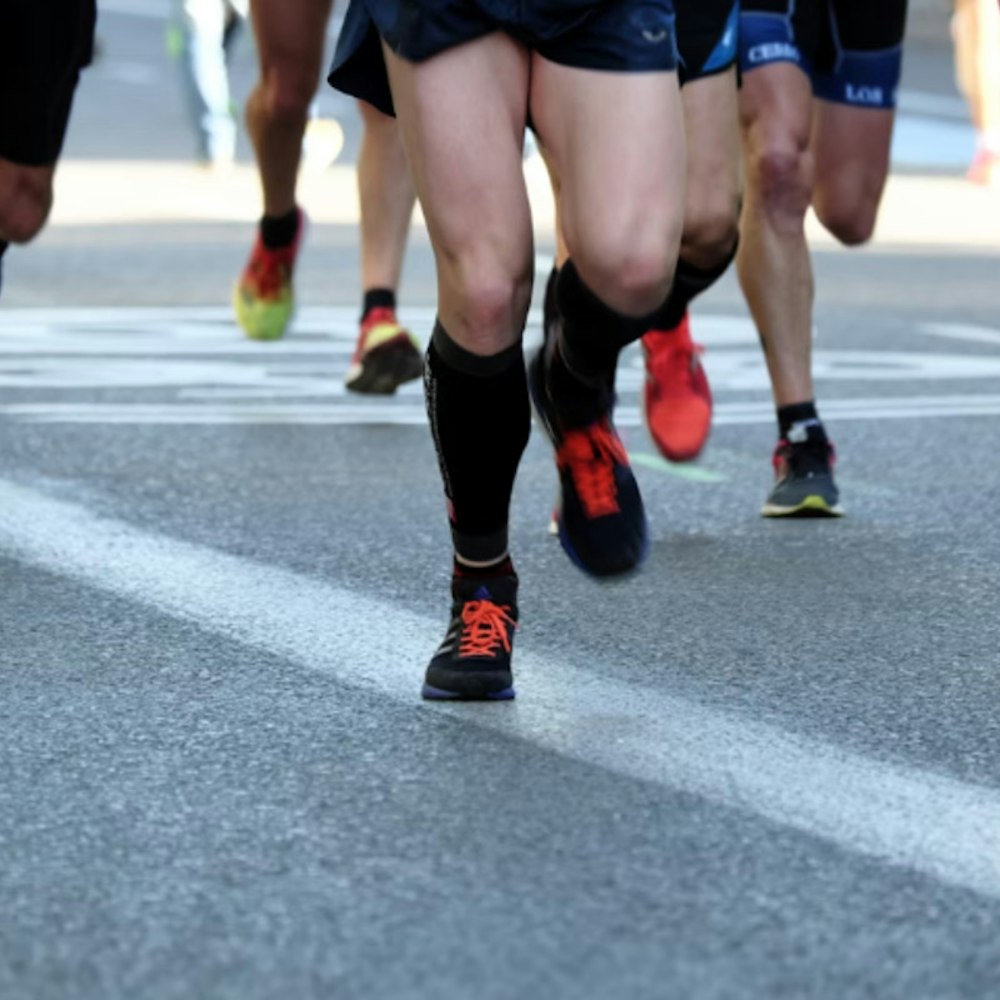
Agents of change are now equipped with new tools at U.S. Immigration and Customs Enforcement (ICE), as the agency has initiated the first wave of cameras being fastened to the bodies of those upholders of the law. The deployment, as announced by ICE, brings 1,600 body-worn cameras to the forefront of its two primary enforcement arms: Homeland Security Investigations (HSI) and Enforcement and Removal Operations (ERO). This technological integration aligns with the Body Worn Camera Policy from the U.S. Department of Homeland Security, a directive crystallized by an Executive Order aimed at bolstering policing practices and nurturing public trust through transparency.
The rollout ushers in a new epoch for ICE, one that seeks to modernize the agency's operations and endear the public with a greater sense of accountability in law enforcement. With a timeline for agency-wide implementation hinging on the flow of appropriated resources, this initial phase touches down in Baltimore, Philadelphia, Washington, Buffalo, and Detroit. However, not all personnel will immediately receive the body cameras, as resources are still being marshaled for all-encompassing policy enforcement. The agency crafted its updated policy earlier this year, addressing the spectrum of pre-planned enforcement activities, with a specific carve-out for certain investigative tasks.
There's a cadence to this accountability anthem, and it's set by the Law Enforcement Coordination Council at DHS—a collective that propels dialogue between the Department's nine law enforcement divisions. Input for the policy was poured in from an array of departmental experts, ensuring a holistic approach to the application of these body-worn cameras. From officials entrenched in civil rights to attorneys in the General Counsel's Offices, contributions created a policy framework catered to the complex chorus of ICE's responsibilities.
ICE has been orchestrating the move toward body cameras since a 2021 pilot program, a prelude mirroring calls for greater oversight and evidence-based accountability in law enforcement operations. While body-worn cameras represent a stride toward transparency, the technology comes with limitations—ICE officers will not use cameras solely for documenting individuals engaged in protected First Amendment activities. This nuance in the policy acts as a safeguard for privacy, yet it remains unclear how ICE will balance the intersection of surveillance and civil liberties in real-world operations.









